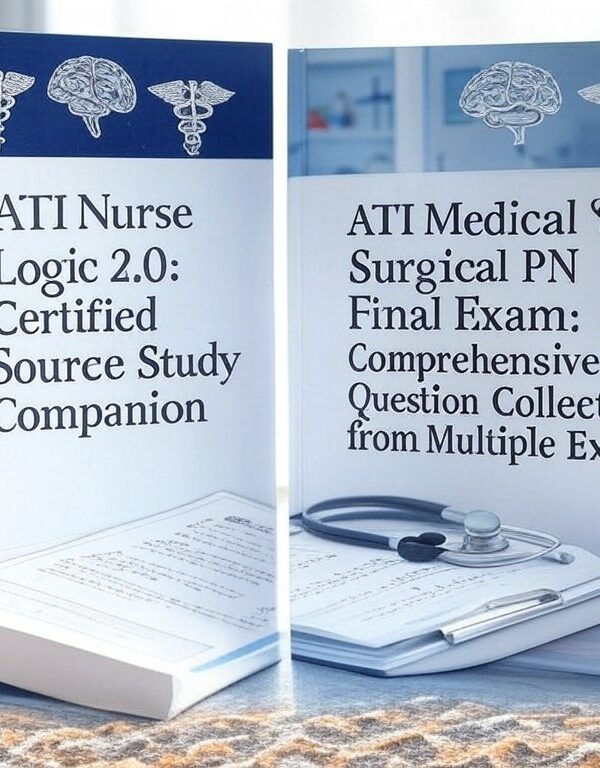-
200 practice questions with detailed explanations
-
Key concepts covering bacteriology, virology, and immunology
-
Expert tips to enhance exam performance and retention
-
Updated 2025 content aligned with microbiology curricula
-
Includes diagrams and tables for visual learning
-
Proven strategies for tackling complex microbiology topics
-
Perfect for students in biology, nursing, and medical programs
Preview
1. Characteristics of the Orthomyxoviruses include all of the following, except:
A) Enveloped
B) Include paramyxoviruses
C) Hemagglutinin spikes
D) RNA genome
E) Neuraminidase spikes
Correct Answer: B) Include paramyxoviruses
Rationale: Orthomyxoviruses are distinct from paramyxoviruses. While both are RNA
viruses, paramyxoviruses belong to a different family, and thus, the statement “include
paramyxoviruses” is incorrect for Orthomyxoviruses.
2. The enzyme associated with the influenza virus that hydrolyzes the protective
mucous coating of the respiratory tract is:
A) Catalase
B) Reverse transcriptase
C) Hyaluronidase
D) Neuraminidase
E) Kinase
Correct Answer: D) Neuraminidase
Rationale: Neuraminidase is an enzyme found in influenza viruses that helps in the
hydrolysis of sialic acid residues, thus breaking down the protective mucus layer in the
respiratory tract, facilitating the spread of the virus.
3. Inhalation of respiratory secretions is involved in the transmission of the
following, except:
A) Influenza
B) Rubella
C) Dengue fever
D) Mumps
E) SARS
Correct Answer: C) Dengue fever
Rationale: Dengue fever is primarily transmitted through the bite of infected Aedes
mosquitoes, not through respiratory secretions. In contrast, influenza, rubella, mumps,
and SARS are transmitted via inhalation of respiratory droplets.












Reviews
There are no reviews yet.